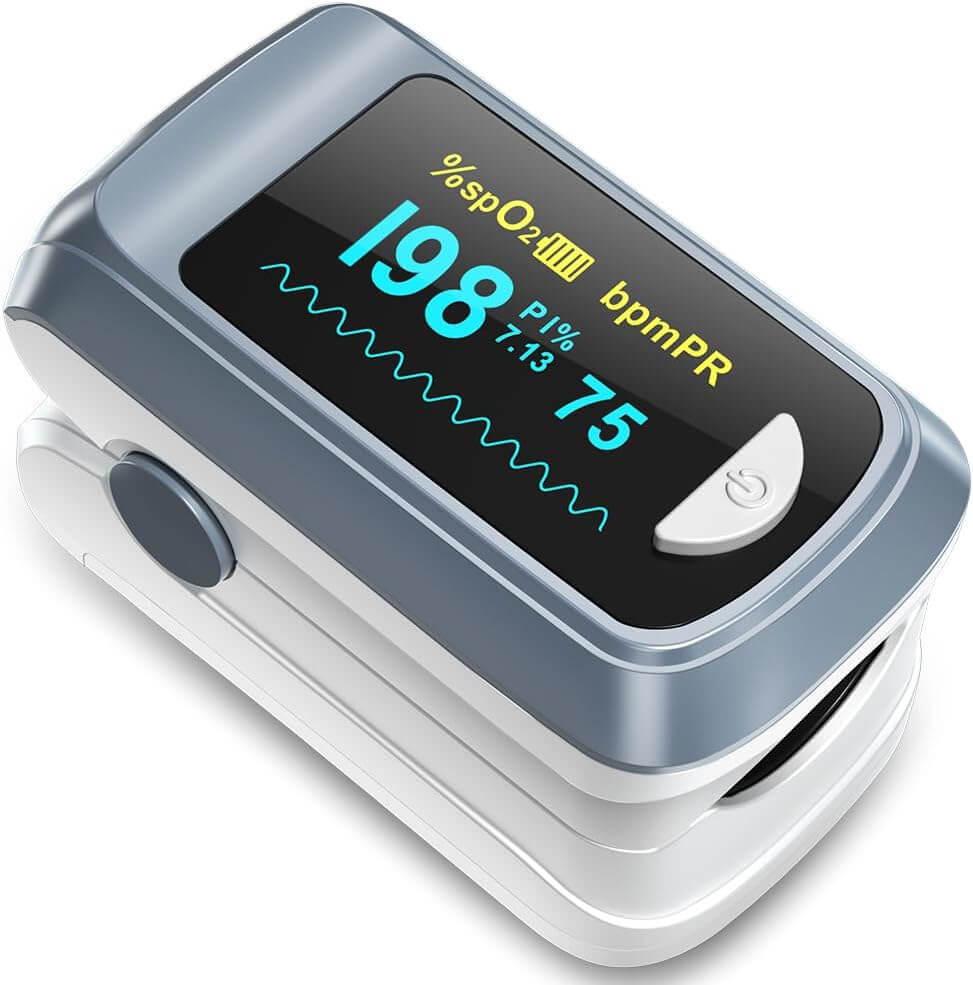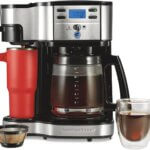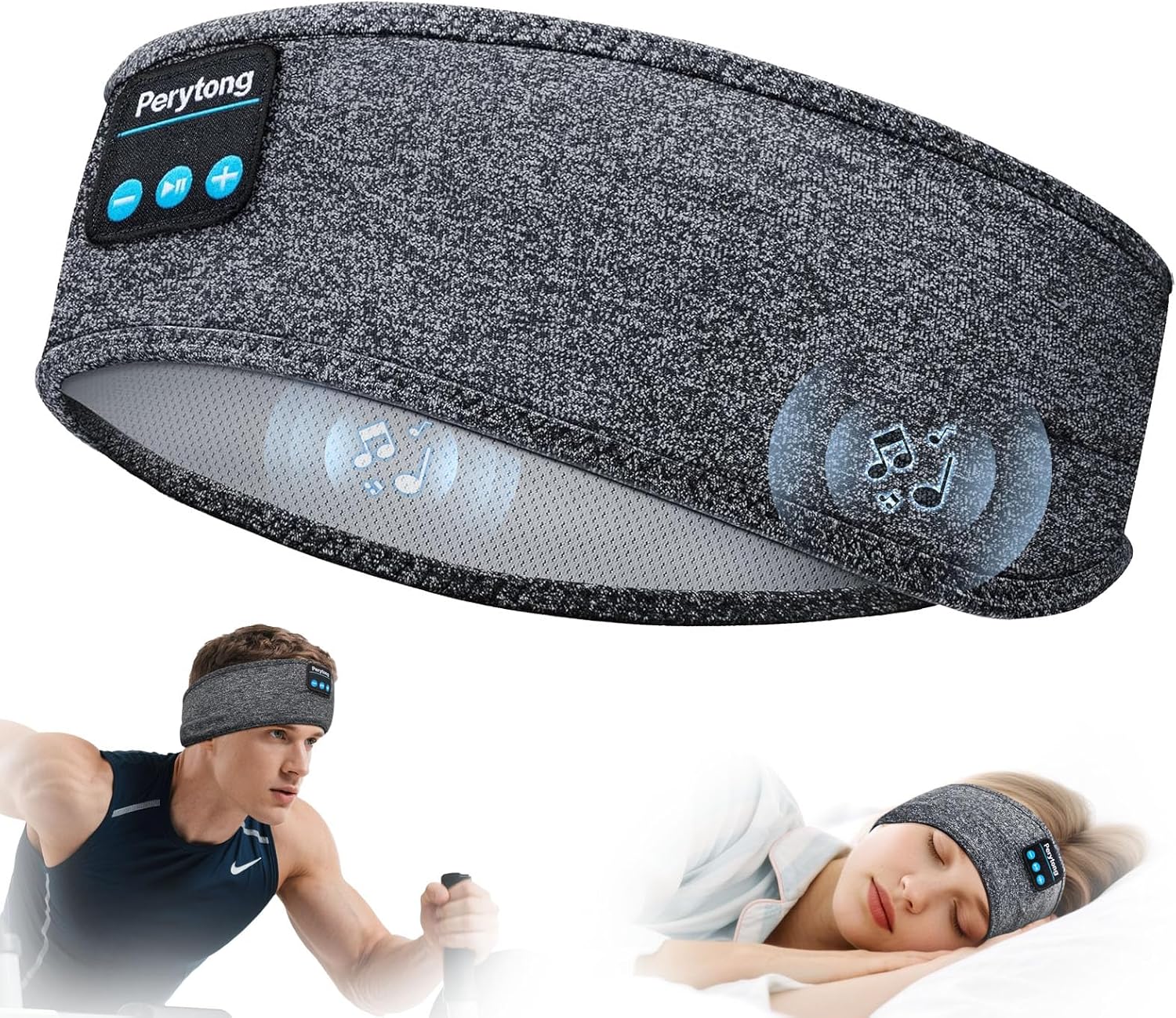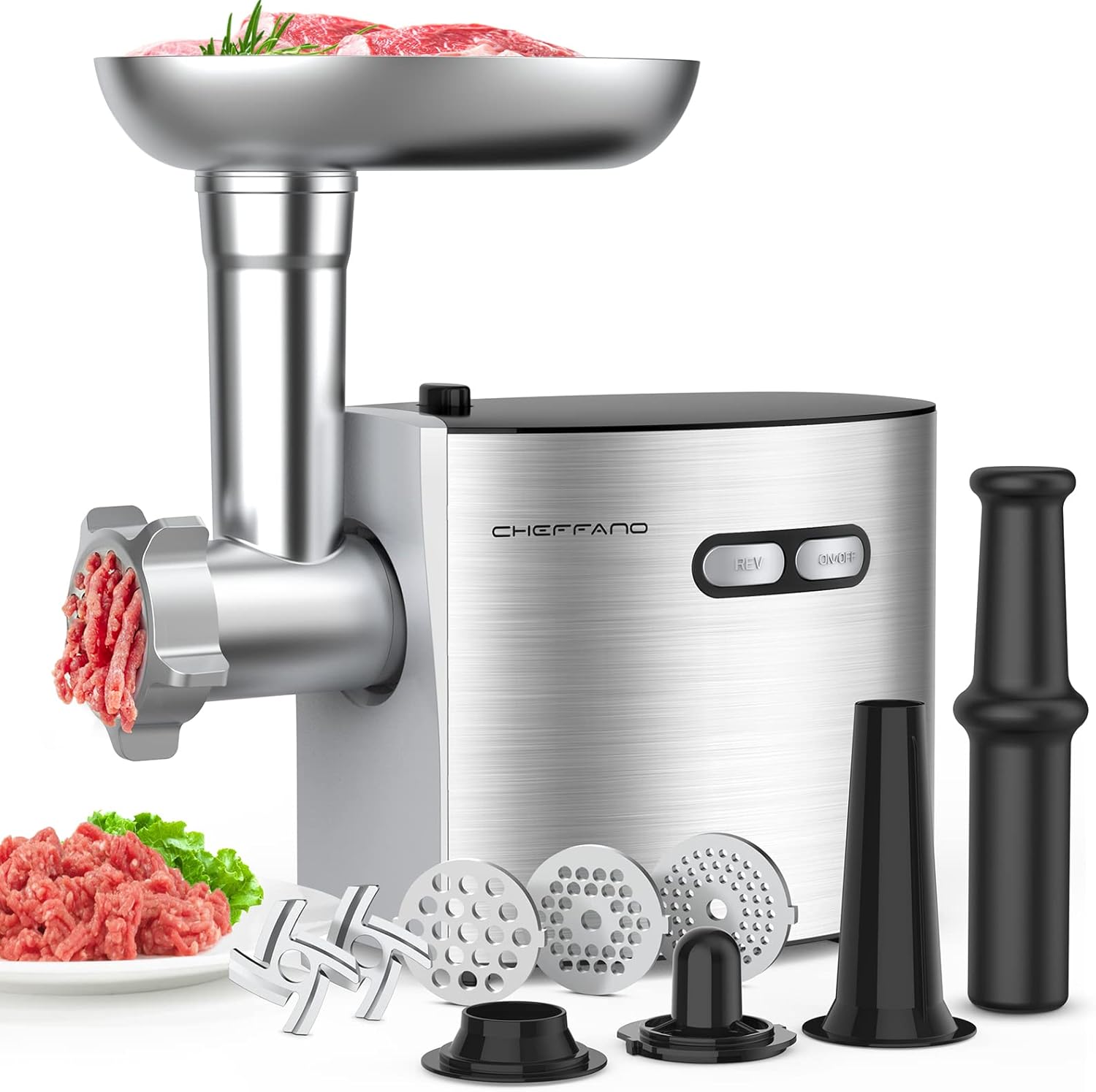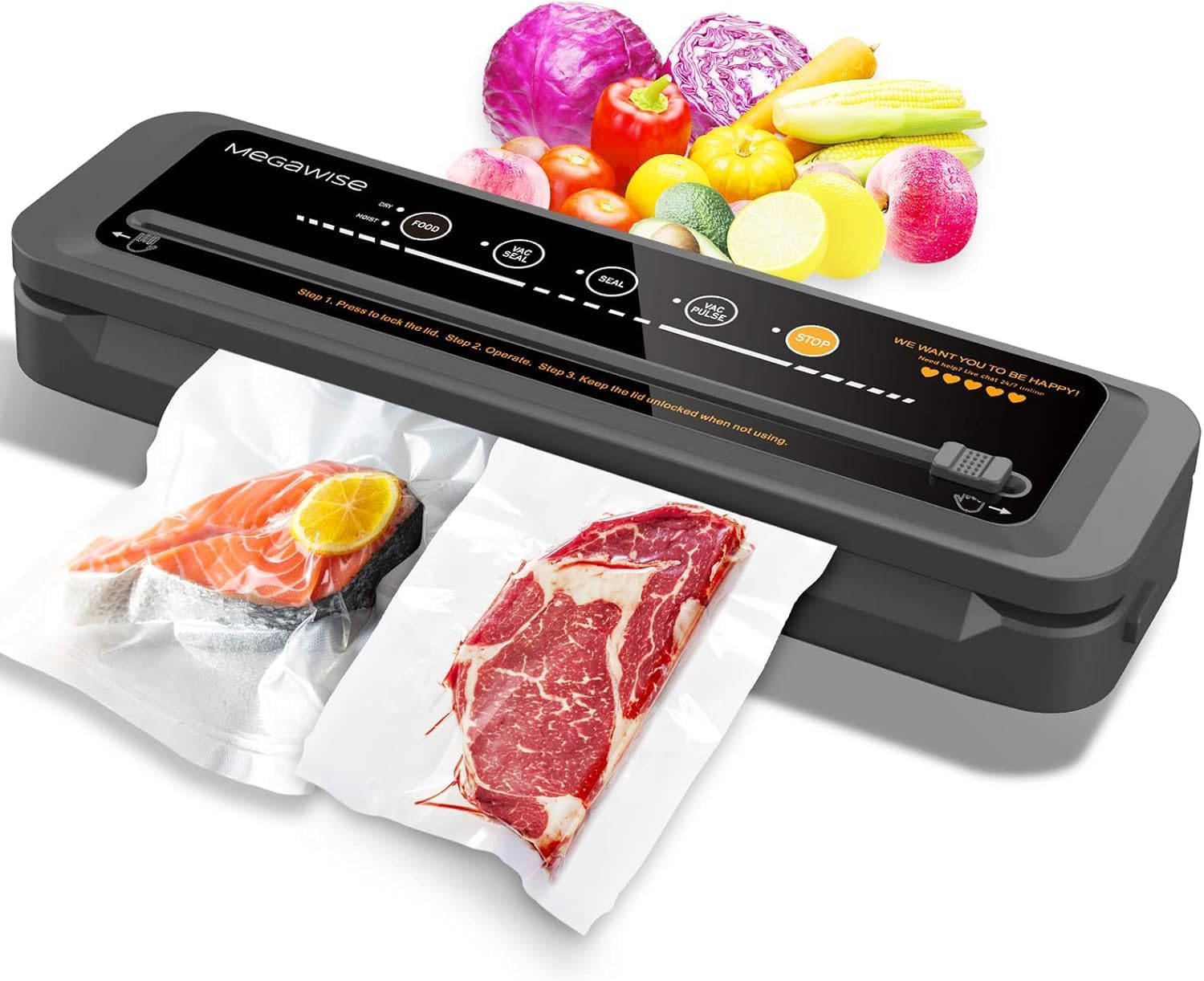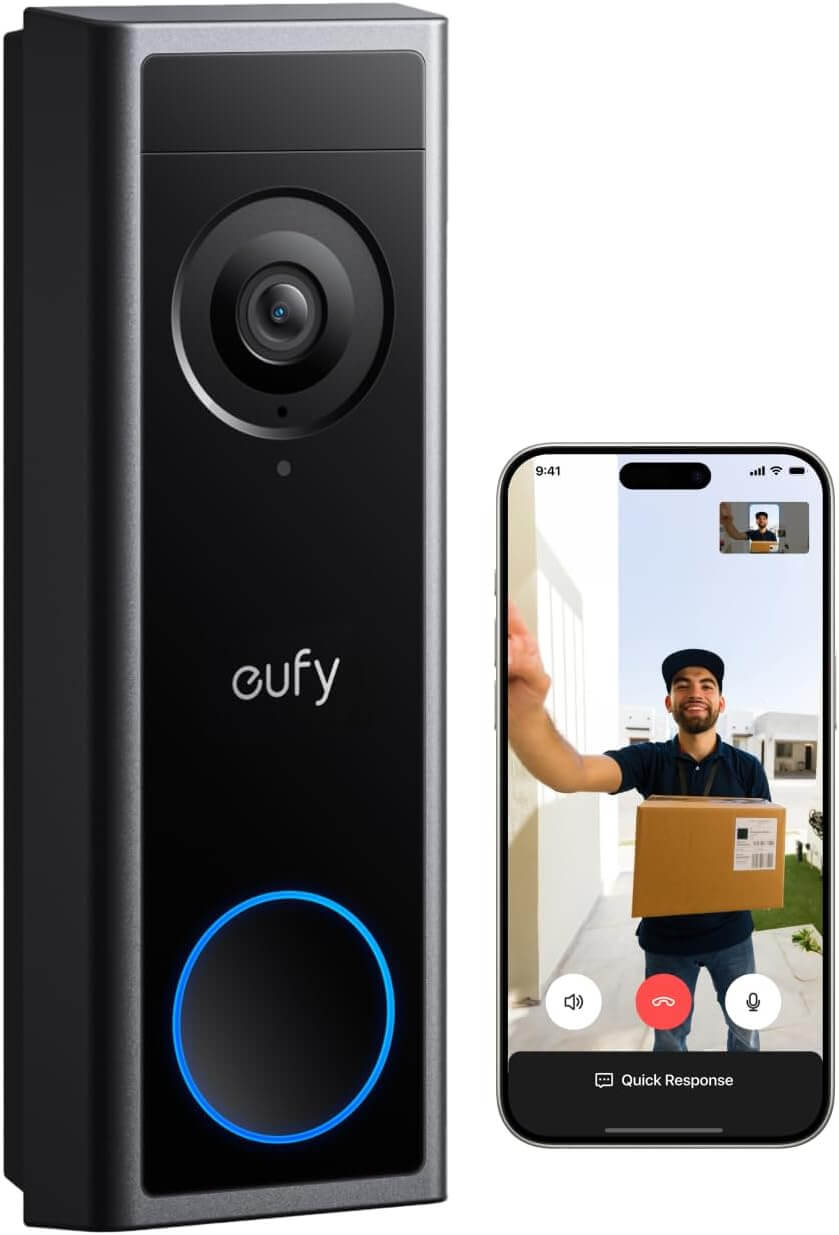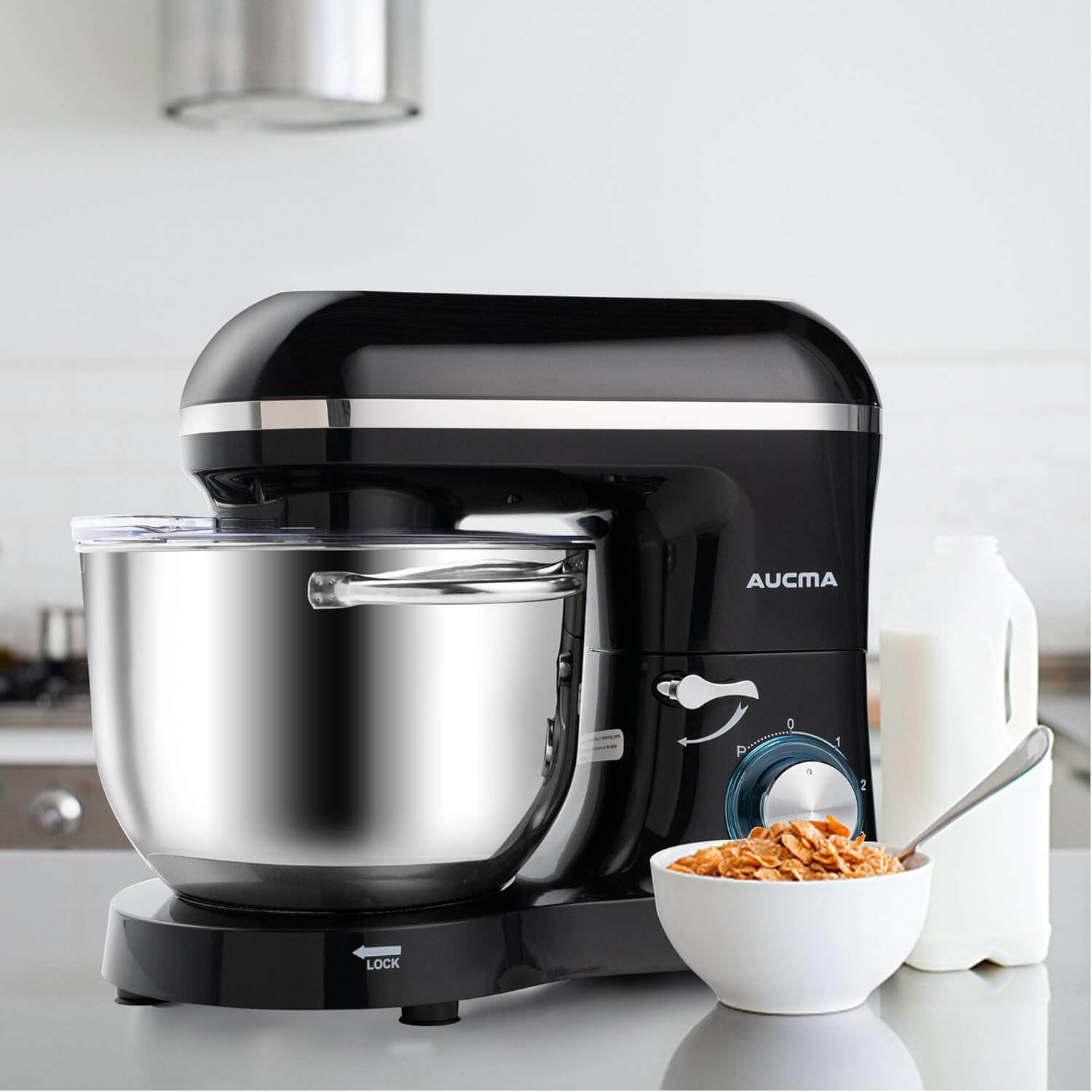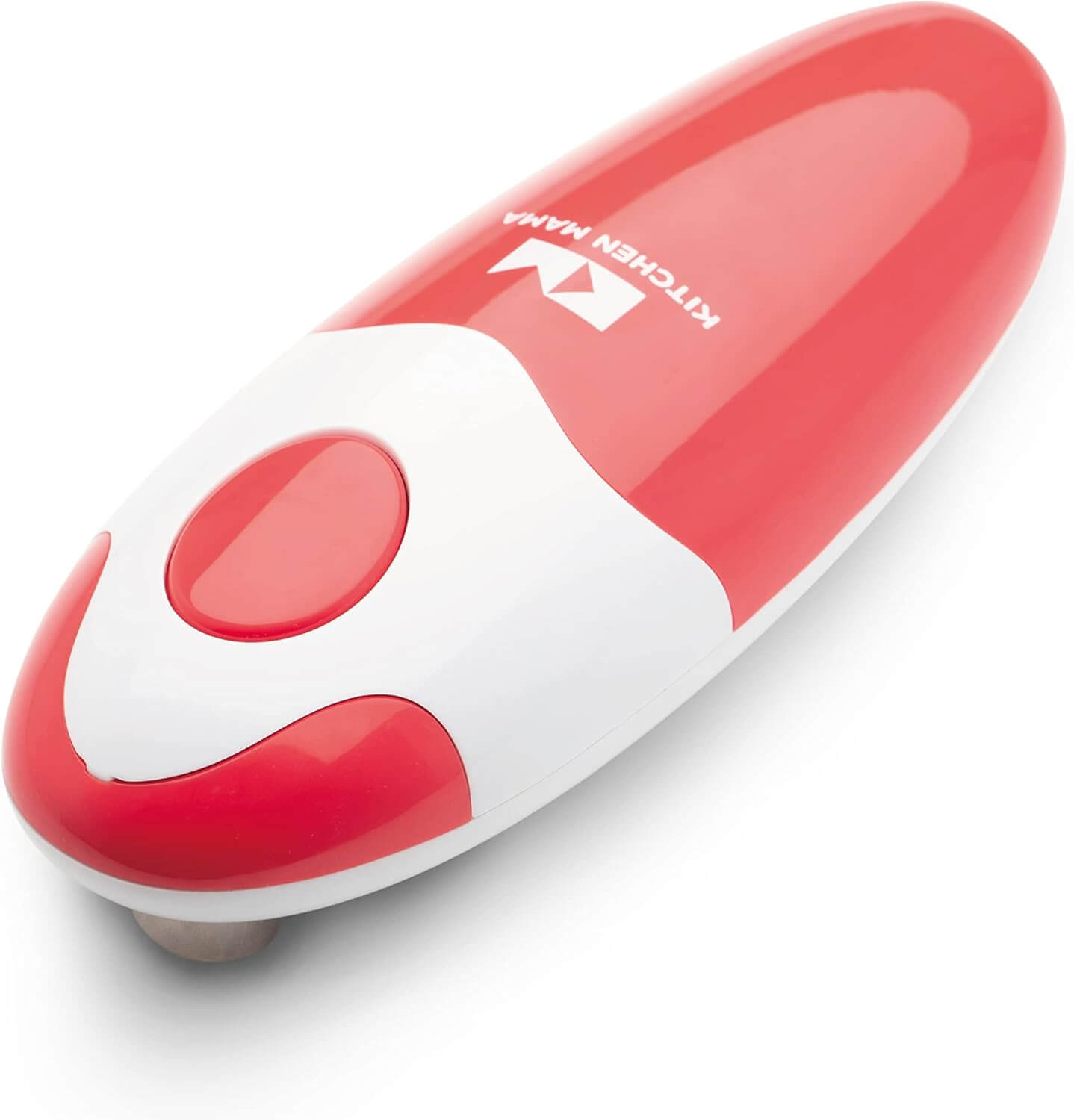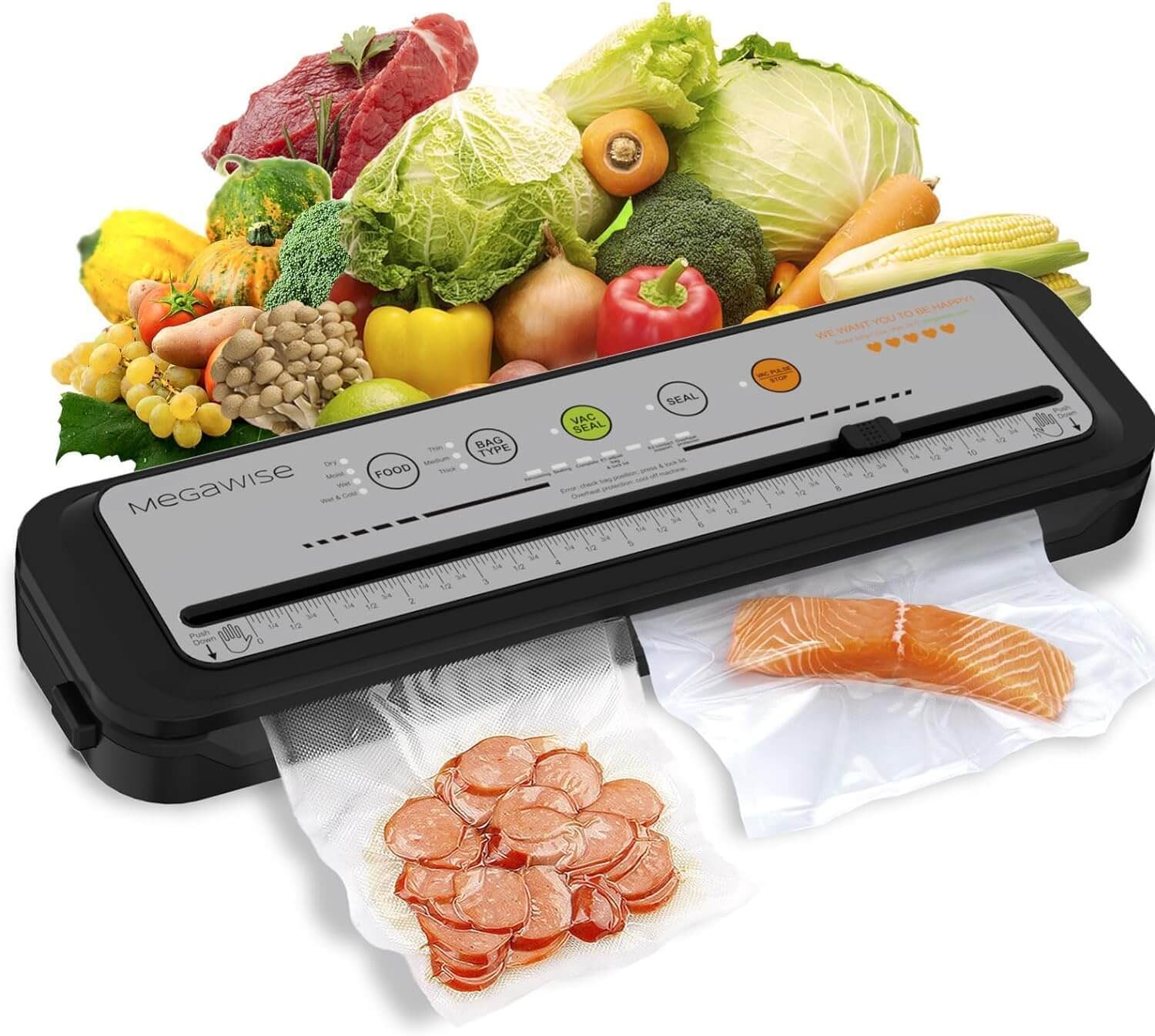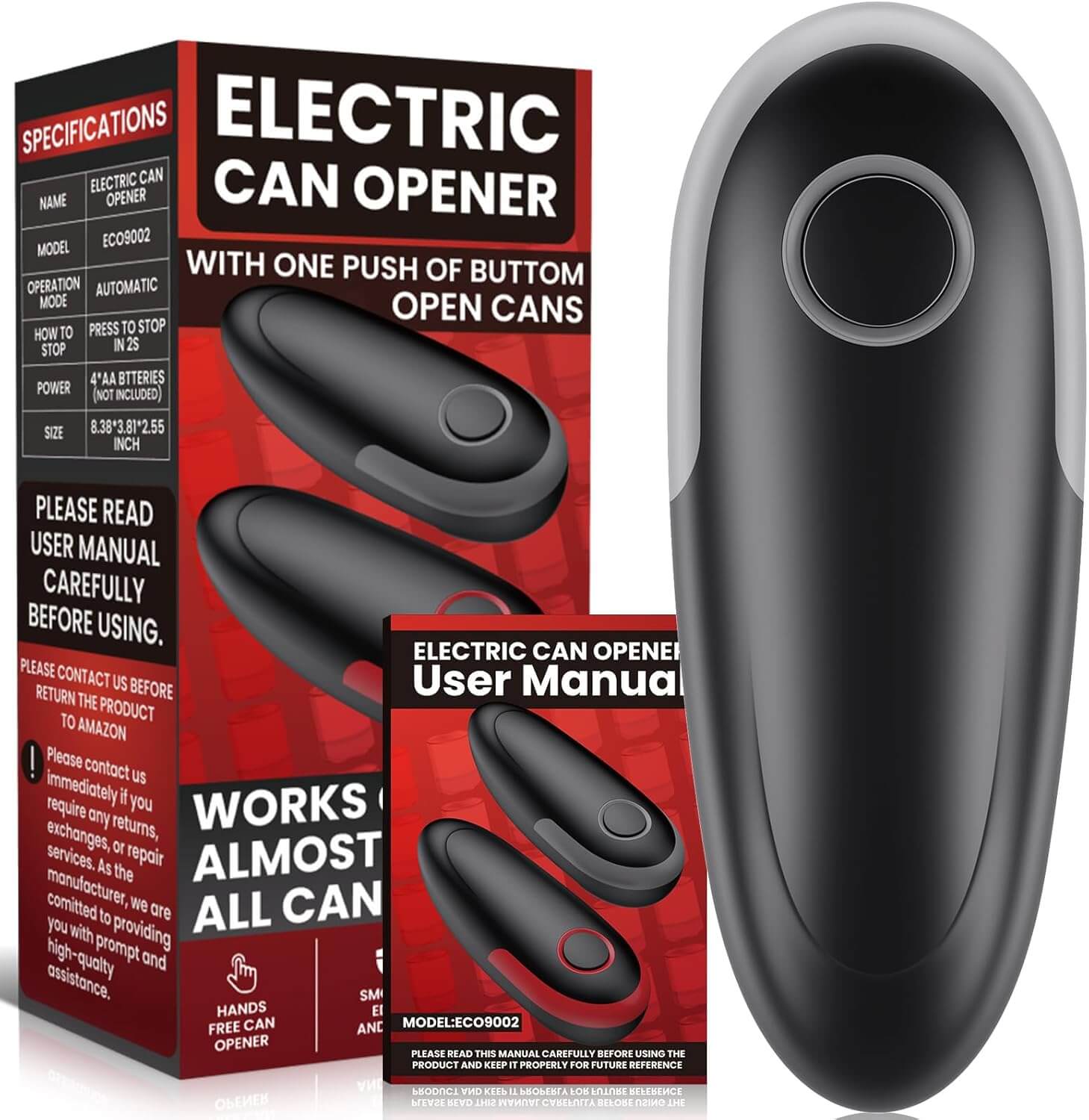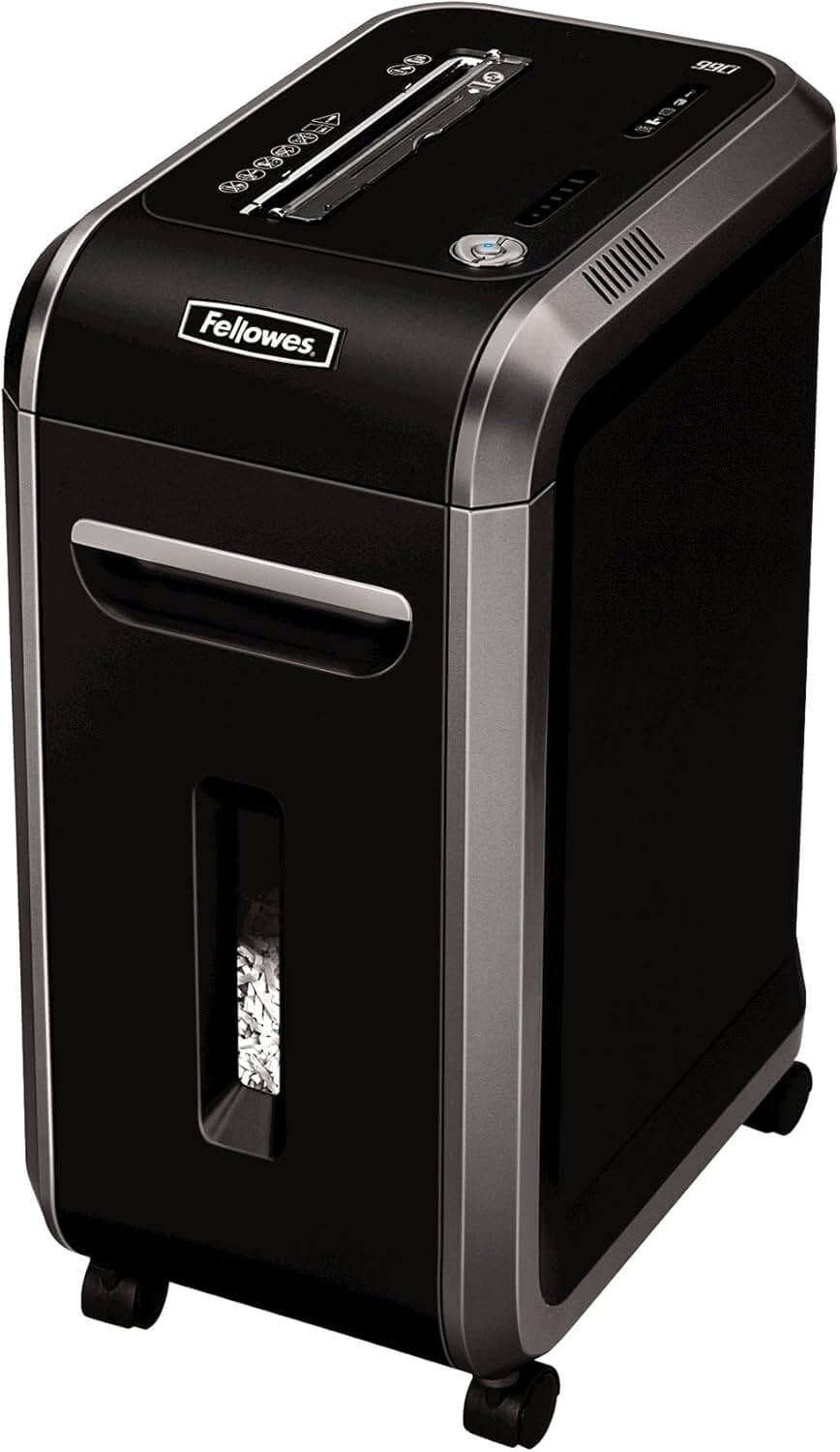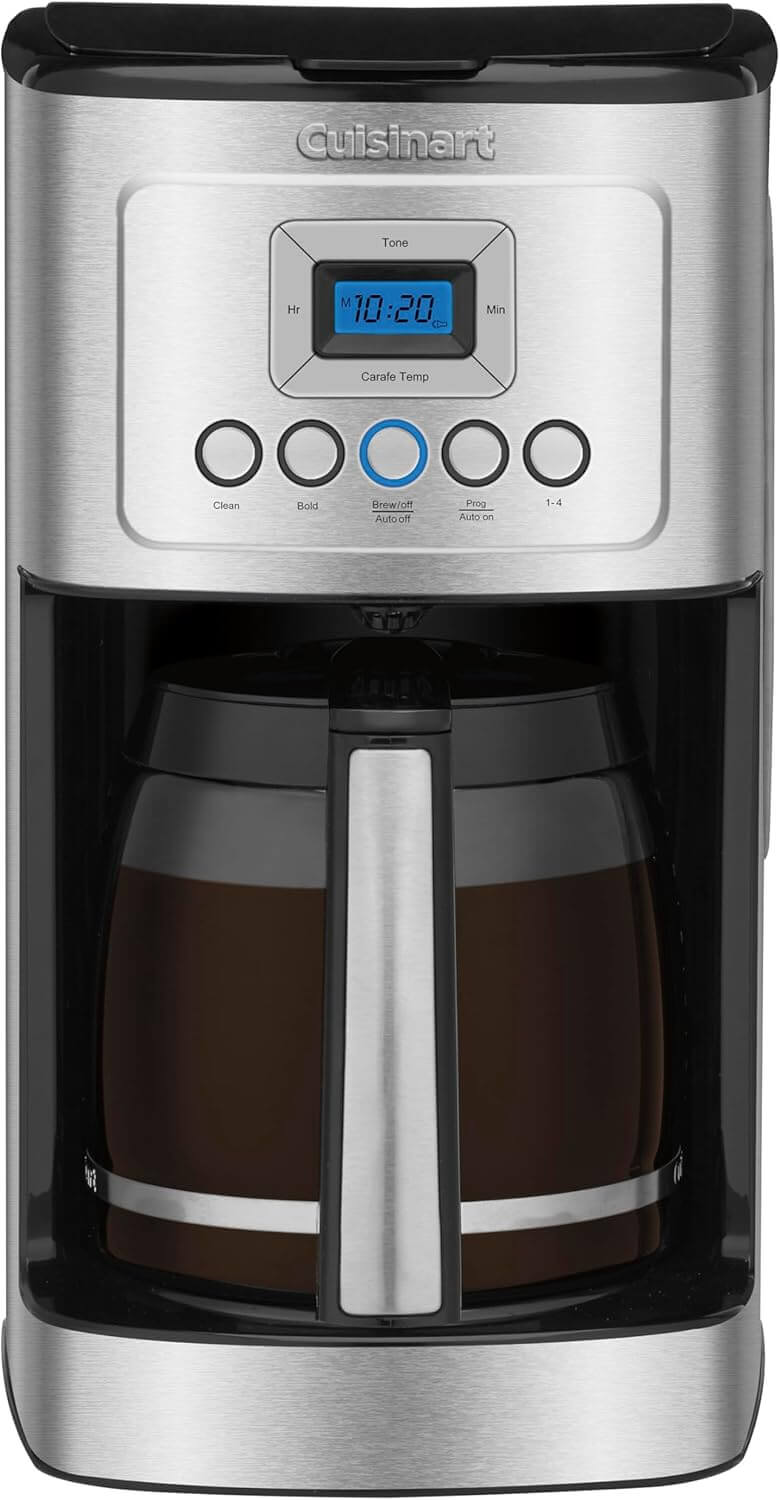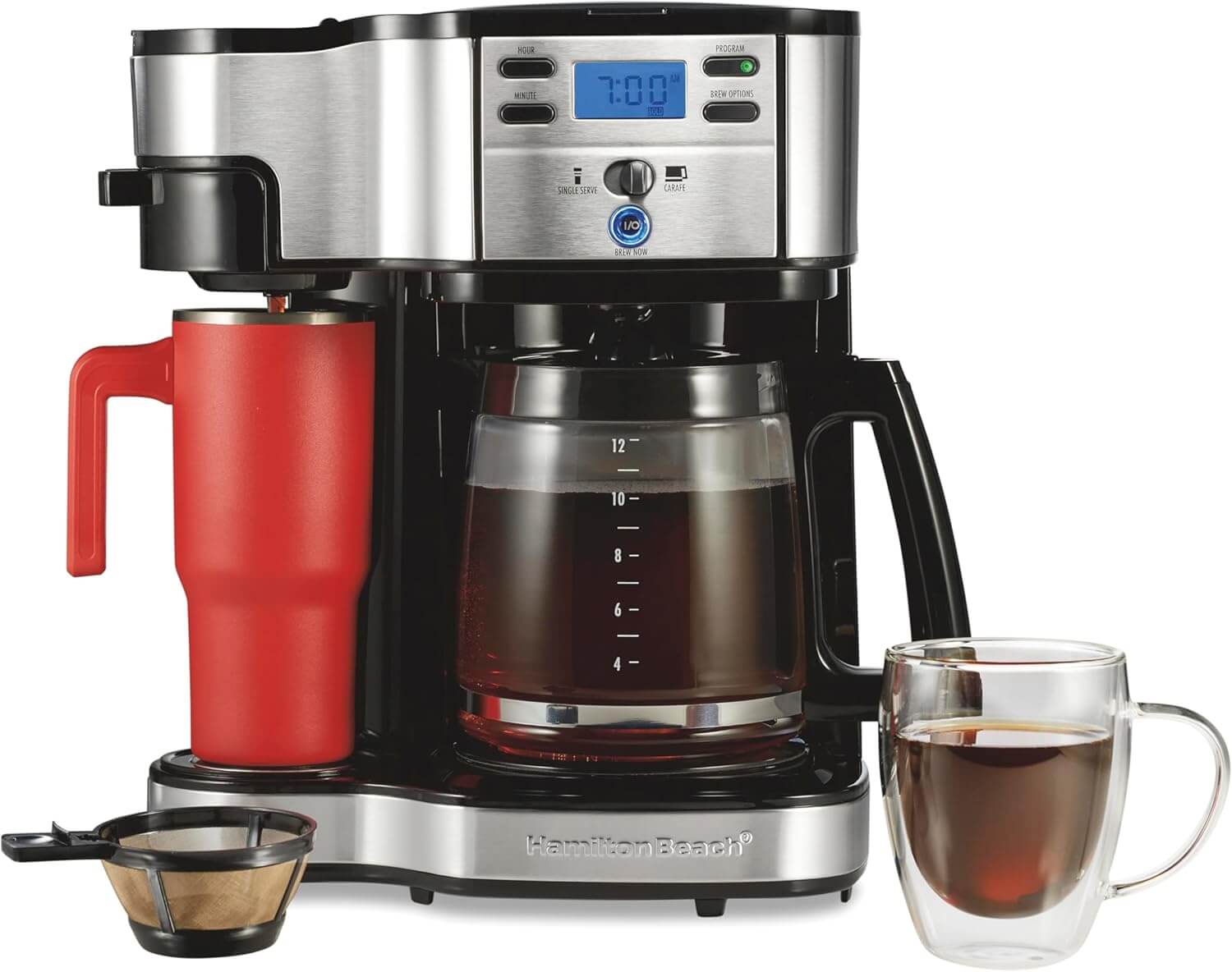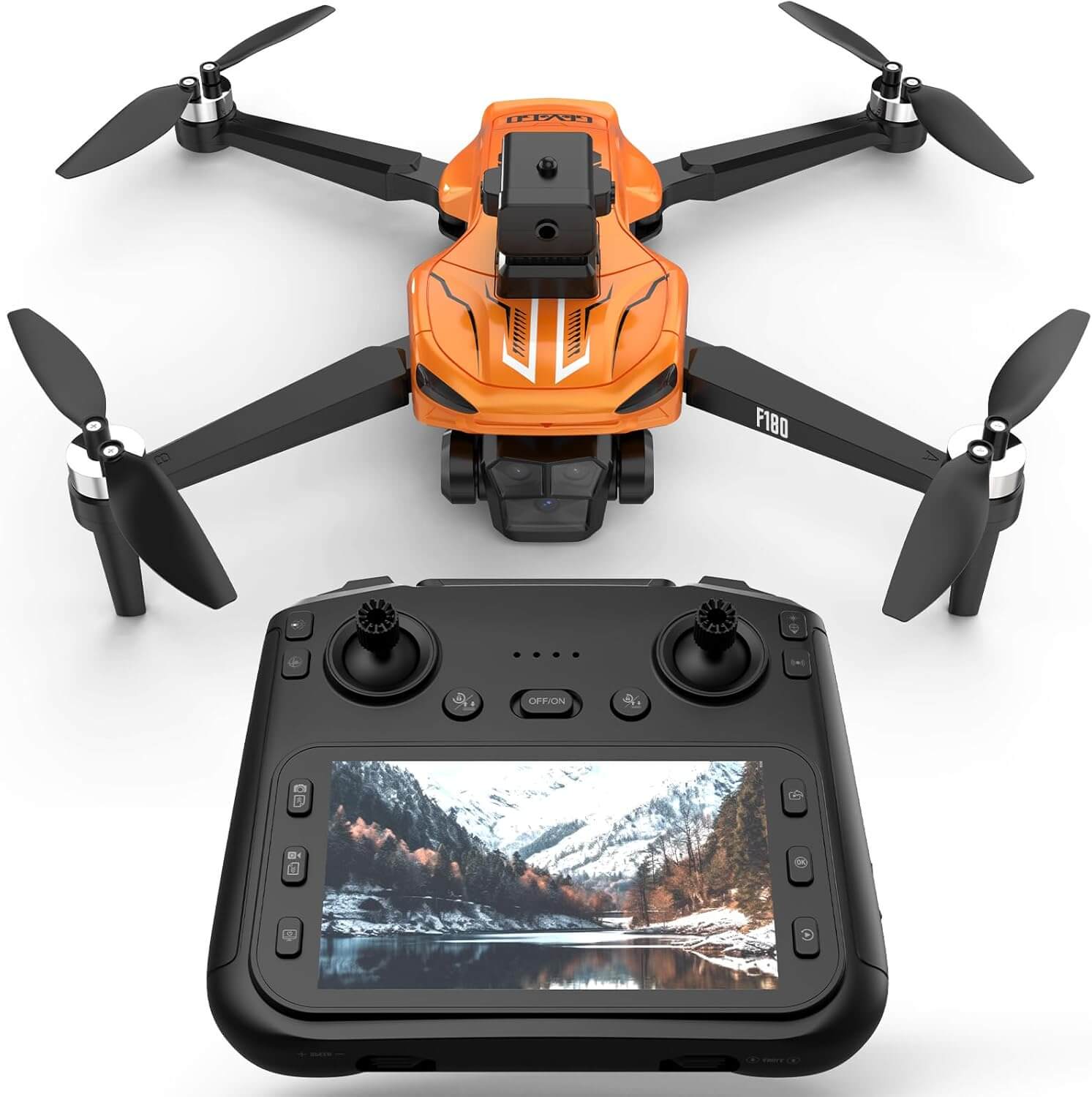Introduction to Pulse Oximeters
A pulse oximeter is a non-invasive medical device that plays a vital role in monitoring a person’s blood oxygen saturation levels. This compact instrument is commonly used in a variety of settings, including hospitals, clinics, and even at home, to provide real-time information about the oxygen levels in the bloodstream. The primary purpose of this device is to ensure that the body is receiving adequate oxygen, which is crucial for overall health and well-being.
The process of measuring blood oxygen saturation with a fingertip pulse oximeter is quite straightforward. Users simply place the device on their fingertip, where it uses light absorption technology to determine the levels of oxygenated and deoxygenated hemoglobin in the blood. The results are displayed almost instantly, offering valuable insights into an individual’s respiratory efficiency. For patients suffering from respiratory diseases such as COPD or asthma, regular monitoring can be critical in managing their conditions effectively. By keeping track of oxygen saturation levels, these patients can mitigate the risk of serious health complications that may arise from low oxygen levels.
Moreover, pulse oximeters are not only beneficial for individuals with preexisting health conditions. They are also valuable for athletes and individuals engaging in high-altitude activities where oxygen levels might be compromised. For these users, monitoring oxygen saturation can help in understanding how well their bodies adapt to varying environmental conditions and maintain performance. Overall, a fingertip pulse oximeter blood oxygen saturation monitor serves as an essential tool for anyone seeking to stay informed about their oxygen levels, preventing potential health issues associated with low oxygenation.
Understanding Blood Oxygen Saturation
Blood oxygen saturation refers to the percentage of hemoglobin in the blood that is saturated with oxygen. This measurement serves as a crucial indicator of respiratory and overall health. It is typically assessed using a fingertip pulse oximeter blood oxygen saturation monitor, a non-invasive device that clips onto a fingertip. By utilizing light absorption through the skin, this device calculates the saturation levels, offering a quick and efficient assessment of an individual’s respiratory function.
Normal blood oxygen saturation levels typically range from 95% to 100%. Values below this threshold can indicate potential health concerns. For instance, a reading below 90% is often regarded as low, or hypoxemia, indicating that the body may not be receiving adequate oxygen. In chronic conditions such as chronic obstructive pulmonary disease (COPD) or severe asthma, individuals may regularly monitor their levels using a fingertip pulse oximeter to catch any alarming drops early.
Understanding the implications of different saturation levels is essential for maintaining health. Low readings prompt immediate attention, as prolonged periods of low oxygen can lead to serious complications, including organ damage or respiratory failure. Monitoring with a fingertip pulse oximeter blood oxygen saturation monitor allows for proactive management of one’s health, especially for individuals with pre-existing conditions or those at risk. It is a vital tool for assessing the efficiency of oxygen delivery to the body’s tissues and aids in guiding treatment decisions or lifestyle changes.
Given the importance of oxygen in the body’s metabolic processes, being observant of blood oxygen levels can significantly enhance one’s ability to prevent acute medical situations. Regular monitoring can empower individuals to take charge of their health, ensuring timely intervention when necessary.
Key Features of Our Fingertip Pulse Oximeter
Our fingertip pulse oximeter blood oxygen saturation monitor is designed to provide accurate readings and enhance the user experience through a variety of key features. One of the standout aspects of this device is its advanced OLED screen, which offers bright, clear readings even in low-light conditions. This feature ensures that users can easily check their SpO2 levels and heart rate with minimal strain on the eyes, thus facilitating quick monitoring at any time.
In addition to its visibility, the fingertip pulse oximeter excels in delivering rapid SpO2 readings. With just the push of a button, users can obtain their blood oxygen saturation levels in a matter of seconds. This quick response time is particularly beneficial for individuals who need to monitor their health frequently, allowing them to make informed decisions about their well-being without unnecessary delays.
Moreover, our device includes a heart rate monitoring function, enabling users to track their pulse alongside oxygen saturation levels. This dual feature supports comprehensive health monitoring, which is essential for those managing chronic conditions or engaging in intensive physical activities. Users can harness the information provided by the monitor to better understand their cardiovascular health and make lifestyle adjustments as needed.
To enhance convenience, the fingertip pulse oximeter is packaged with a durable lanyard and 2 x AAA batteries. The lanyard allows for easy carrying, reducing the risk of misplacement and ensuring that the monitor is readily accessible when needed. The inclusion of batteries means that users can start utilizing their pulse oximeter immediately after purchase, thereby maximizing usability right from the outset.
These features collectively contribute to a seamless monitoring experience, making our fingertip pulse oximeter an invaluable tool for anyone looking to keep track of their blood oxygen saturation and overall health efficiently.
The Benefits of Owning a Pulse Oximeter
The fingertip pulse oximeter blood oxygen saturation monitor has emerged as an essential tool for various individuals, delivering critical insights into oxygen saturation levels and overall health. For those suffering from respiratory conditions such as asthma or chronic obstructive pulmonary disease (COPD), having this device at home allows for consistent self-monitoring. It empowers patients to track oxygen levels in real time, enabling them to recognize early signs of distress or severity in their condition. This proactive approach facilitates timely interventions and can serve as an invaluable resource in personal healthcare management.
Apart from individuals with pre-existing conditions, athletes have also begun to appreciate the advantages of a fingertip pulse oximeter. Those engaged in high-endurance sports or training can utilize this device to monitor their blood oxygen levels during workouts. By analyzing these readings, they can assess their performance, ensure they are within optimal oxygen saturation ranges, and make data-driven decisions on whether to push harder or adjust their training regimen. This level of self-awareness can enhance both performance outcomes and personal safety.
Moreover, the benefits extend to those who are physically active or concerned about their health. Individuals interested in maintaining their wellbeing can use a pulse oximeter to measure their oxygen levels during activities or at rest. This capability equips them with the knowledge needed to identify fluctuations that may require medical attention or adaptation of their lifestyle. For instance, if someone notices consistently low readings during routine activities, it may signal the need for lifestyle changes, consultations with healthcare professionals, or more comprehensive medical evaluations.
Incorporating a fingertip pulse oximeter blood oxygen saturation monitor into daily life provides individuals with a pathway to better health management and informed decision-making, promoting overall wellbeing through enhanced self-awareness.
Who Should Consider Purchasing One?
A fingertip pulse oximeter blood oxygen saturation monitor is an essential tool for specific groups of individuals who may be particularly vulnerable or health-conscious. Among these groups, individuals with chronic respiratory conditions such as asthma and Chronic Obstructive Pulmonary Disease (COPD) stand out. For them, maintaining optimal oxygen levels is critical. Regular monitoring can help manage their conditions more effectively, allowing for timely interventions when oxygen saturation levels drop.
People suffering from sleep apnea are also advised to consider investing in a fingertip pulse oximeter. This condition can lead to intermittent breathing interruptions during sleep, which can drastically affect blood oxygen saturation levels. By using a monitor, individuals can track their oxygen levels throughout the night and be alerted to any alarming fluctuations. This information can be crucial for driving treatment decisions and improving overall sleep quality.
Athletes, particularly those engaged in endurance sports, may find significant benefits from a blood oxygen saturation monitor too. Understanding how oxygen saturation correlates with performance can help athletes gauge their fitness levels and optimize their training. Furthermore, health-conscious individuals who wish to keep track of their overall wellness and respiratory health should also consider incorporating a fingertip pulse oximeter into their routine. This device can act as a preventive measure, enabling users to identify potential health issues before they become serious.
In summary, various groups, including those with respiratory illnesses, sleep apnea sufferers, athletes, and health enthusiasts, stand to gain significant advantages from owning a fingertip pulse oximeter blood oxygen saturation monitor. Monitoring one’s oxygen levels regularly can foster a proactive approach to health and well-being, ensuring timely interventions when necessary.
User-Friendly Design and Portability
The fingertip pulse oximeter blood oxygen saturation monitor exemplifies convenience and practicality in its design. One of its defining qualities is its lightweight nature, making it an ideal tool for individuals who value mobility and ease of use. Typically weighing only a few ounces, this compact device can be easily carried in a pocket, purse, or backpack, allowing for seamless integration into daily activities.
Moreover, the user-friendly interface of the fingertip pulse oximeter facilitates straightforward operation. Most models feature a simple one-button design, enabling users of all ages and technical backgrounds to obtain quick and accurate readings with minimal effort. By simply placing a fingertip within the device and pressing the button, users can receive immediate feedback on their blood oxygen saturation levels and pulse rate. Such ease of use ensures that individuals can monitor their health without requiring extensive training or assistance.
The portability of the blood oxygen saturation monitor also makes it an excellent companion for various situations. Whether one is at home, traveling, or engaging in outdoor activities, this device allows users to maintain an awareness of their health status. It is especially beneficial for those with respiratory conditions, athletes, or anyone concerned about their oxygen levels during physical exertion. Its compact size and lightweight construction ensure that individuals can keep their health in check wherever they go, be it a leisurely hike, a business trip, or simply spending time at home.
Incorporating a fingertip pulse oximeter into one’s daily routine promotes proactive health management. Its user-friendly design and portability ensure that individuals are equipped to monitor their well-being effectively, regardless of their location or age group.
How to Use a Fingertip Pulse Oximeter
Using a fingertip pulse oximeter blood oxygen saturation monitor is straightforward and requires no specialized training. To begin, ensure you are in a calm and relaxed environment, as stress or movement can affect the readings. It is advisable to wash your hands beforehand to eliminate any potential contaminants that may interfere with the sensor’s performance.
Once you are prepared, turn on the device, usually done by pressing a button. Carefully place the fingertip pulse oximeter on either the index or middle finger of one hand. Ensure that the device sits comfortably and securely on your fingertip, covering the nail bed entirely. It is crucial to avoid using fingers with nail polish or artificial nails, as these can obstruct the light sensors and lead to inaccurate readings.
After securing the pulse oximeter in place, remain still and relaxed for a few seconds while the device calculates your blood oxygen saturation level and pulse rate. The display will then present your results, typically showing the oxygen saturation percentage (SpO2) and heart rate (in beats per minute). For optimal accuracy, it is essential to wait for the reading to stabilize before interpreting the results. In cases where readings seem inconsistent, try reapplying the device or repositioning it if you suspect improper placement.
For best practices, measure your blood oxygen levels several times, particularly if you experience symptoms like shortness of breath or fatigue. This will help to establish a more reliable reading. By following these steps, using a fingertip pulse oximeter blood oxygen saturation monitor can be an effective and effortless way to maintain awareness of your respiratory health.
Costs and Where to Buy
When considering the acquisition of a fingertip pulse oximeter blood oxygen saturation monitor, understanding its cost is imperative for making an informed decision. Generally, these devices are available at a range of prices, making them accessible to a wide audience. The price of a basic model can start as low as $20, while more advanced versions, equipped with additional features such as Bluetooth connectivity or smartphone integration, can cost upwards of $70 or more. This price variation reflects the degree of accuracy, display quality, and additional functionalities offered by different models.
Despite this range in pricing, it is important to recognize that a fingertip pulse oximeter is a valuable investment in health monitoring. Many individuals rely on these devices for ongoing health assessments, especially those with respiratory conditions or other illnesses affecting oxygen levels. Therefore, considering the potential health benefits, the cost of a pulse oximeter can be viewed as a reasonable expenditure.
For those interested in purchasing a fingertip pulse oximeter, there are various options available both online and in physical stores. Major online retailers such as Amazon and Walmart offer a variety of models, allowing consumers to compare prices, read reviews, and check specifications easily. Additionally, specialized health equipment websites may offer options that focus on medical-grade products, providing another layer of assurance for buyers.
Local pharmacies and health supply stores also stock fingertip pulse oximeters, providing the advantage of immediate purchase and the opportunity to consult with knowledgeable staff. Brick-and-mortar stores often have a selection of devices that cater to different needs and price points, ensuring that consumers can find a model that fits their requirements.
Ultimately, whether one opts for an online purchase or visits a local store, the availability of fingertip pulse oximeters at diverse price ranges makes it easier for consumers to take steps towards improved health monitoring. Taking the time to research and choose the right model will ensure that you make a smart investment in your wellbeing.
Conclusion: Make Your Health a Priority
Monitoring blood oxygen levels is an essential component of maintaining overall health, especially for individuals with underlying health conditions or those engaged in high-intensity physical activities. A fingertip pulse oximeter blood oxygen saturation monitor serves as a vital tool for both medical professionals and individuals alike, providing an easy and convenient way to assess oxygen levels in the bloodstream. This portable device measures blood oxygen saturation levels in seconds, ensuring that users can quickly identify potential issues that may require medical attention.
Investing in a fingertip pulse oximeter can be a smart decision for anyone committed to prioritizing their health. For individuals with respiratory conditions, such as asthma or COPD, regular monitoring can help manage their symptoms effectively and prevent exacerbations. Athletes and fitness enthusiasts can also benefit from using a blood oxygen saturation monitor to optimize their training by understanding their body’s response to exercise and ensuring they are training at safe levels.
Furthermore, having access to a fingertip pulse oximeter empowers users to take control of their well-being. It allows individuals to track fluctuations in oxygen levels, establishing baselines that can assist healthcare providers in making informed decisions about treatment plans. This proactive approach to health monitoring fosters a greater awareness of one’s body, enabling timely intervention when necessary.
In conclusion, the importance of monitoring blood oxygen saturation cannot be overstated. The fingertip pulse oximeter blood oxygen saturation monitor represents an invaluable investment in health management, encouraging individuals to be proactive rather than reactive. By considering the purchase of this essential tool, readers are prompted to take control of their well-being and make their health a priority.

